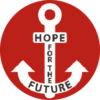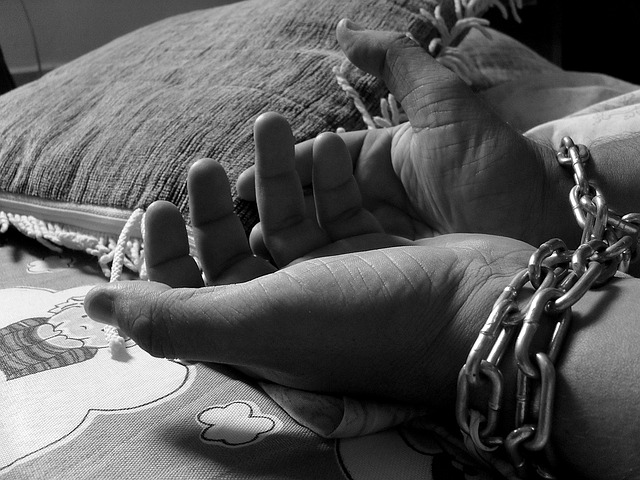
Even in the twenty-first century, issues such as the trafficking of children and adults remain a problem. We often believe – falsely, in fact – that this illegal activity only ever takes place elsewhere in the world. No matter where it exists, however, its victims continue to be exploited, taken advantage of, and robbed of their basic human rights. Disadvantaged groups such as minorities, women and girls are particularly vulnerable, with the latter exposed to increased risk of sexual exploitation and forced labour.
But what is it that actually leads to people finding themselves in quite such a precarious situation?
1. POVERTY, LOW STANDARDS OF EDUCATION AND ECONOMIC INSECURITY
Those who find themselves in negative economic situations are especially likely to fall victim to human trafficking. And eventually, of course, this affects not just the adults in question, but also their children, as they seek opportunities for improving their standard of living. Often gullible and hoping for a more secure future, they become easy prey for human traffickers.
One key reason for such poor economic standards of living is a lack of education. Some people simply have no chance of receiving a long-term education, which also reduces their chances of finding lasting employment. This then becomes a vicious circle, as low standards of education mean they earn lower wages, tend to live in poverty, and find themselves unable to invest in the education of their children as a result.
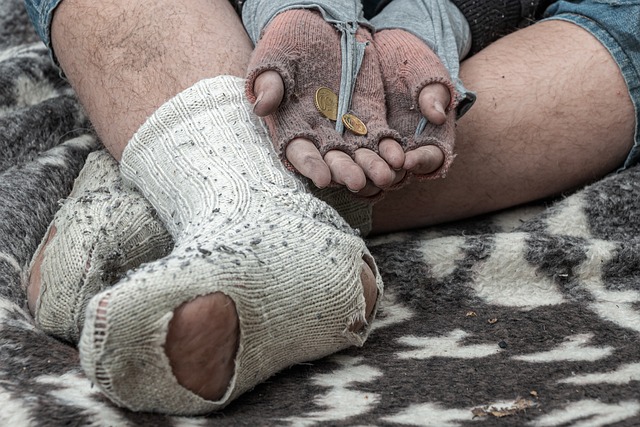
2. ARMED CONFLICTS, WARS AND REFUGEE SITUATIONS
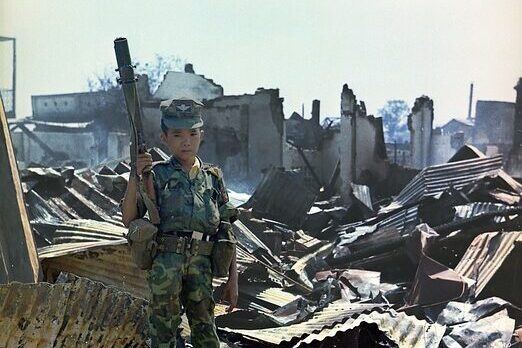
When a country is impacted by war or armed conflict, this leads – amongst other things – to the breakdown of social structures within the family, economic crises, the loss of jobs, and eventually to poverty once again. Children can be forcibly recruited and exploited to serve as child soldiers – another particularly grisly area in which child and human trafficking play a role.
Tense conflict situations and wars force huge numbers of people to flee their homes. Refugees are particularly at risk of becoming victims of human trafficking, as they are suddenly forced to live in foreign environments without protection or support.
3. ONLINE RISKS: CONTACT VIA ONLINE PLATFORMS AND DATING APPS
Digitalisation also provides human traffickers with new means of manipulating their victims, before going on to recruit and exploit them. Online platforms, social media and dating apps are used to make contact with potential victims, for example. Initial trust is built with the victims online, who can subsequently be manipulated. False promises and blackmail are the norm here, as people entirely devoid of hope and seeking a better future and happier life blunder into the trap of human traffickers.
Another factor is a failure to raise consciousness and confront the issue. Victims are often unaware of signs that they may actually be falling into the hands of human traffickers, making them even more vulnerable and exposed.
But what can we, as individuals, do to combat the issue of human trafficking?

CONSCIOUSNESS-RAISING: THE FIRST STEP TOWARDS PREVENTION
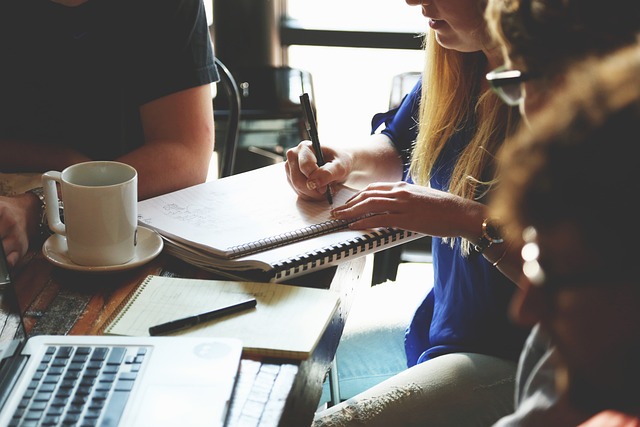
A first step is providing education and building awareness of the issue. In order to recognise whether a person is being impacted by human trafficking, the warning signs need to be clear, so these can then be factored in. Certain types of behaviour, such as social isolation, sudden changes in behaviour or attitude, a lack of personal documents and fear of authority in general often point to exploitation.
In this area, educational institutions, special workshops and training by experts are a good place to start when confronting the issue and learning to read and understand such warning signs.
When this knowledge is shared, those in the environment are sensitised to the issue, and a first step taken towards prevention. This consciousness-raising and advice should also be provided for those at risk and affected by trafficking, enabling them to understand the risks to which they are being exposed. This also applies to the imparting of life skills such as assertiveness, and the ability to ask others for help and actively turn to aid organisations.
ANOTHER MEASURE
Private individuals can support organisations that engage in the struggle against human trafficking, whether this be by making donations or doing voluntary work. A range of different organisations such as Hope for the Future offer those affected support, helping them to achieve a hopeful future.
In everyday life too, you can help when shopping by only buying Fairtrade products which are free of forced and child labour. If there is any suspicion of items involving human trafficking, this should be reported immediately.
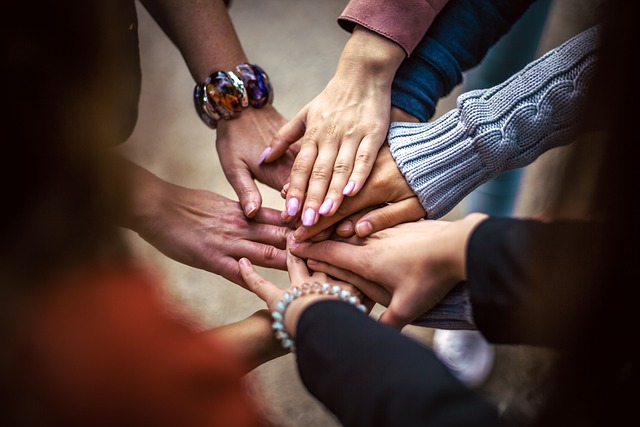
Every little bit of help counts!
Tranlated by Tim Lywood
#Menschenhandel #Kinderhandel #Zwangsarbeit #Opfer #Bewusstseinsbildung #AgainstHumanTrafficking #GegenMenschenhandel #EndExploitation #EndTrafficking #HopeForTheFuture #Österreich
